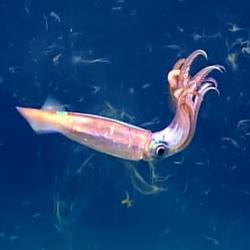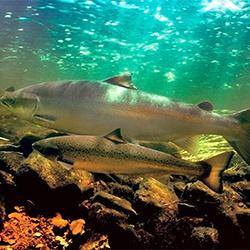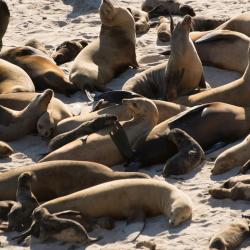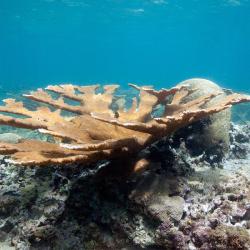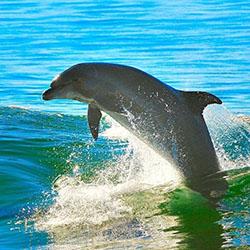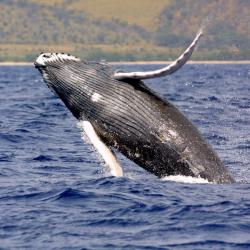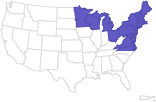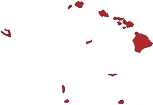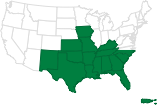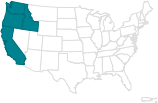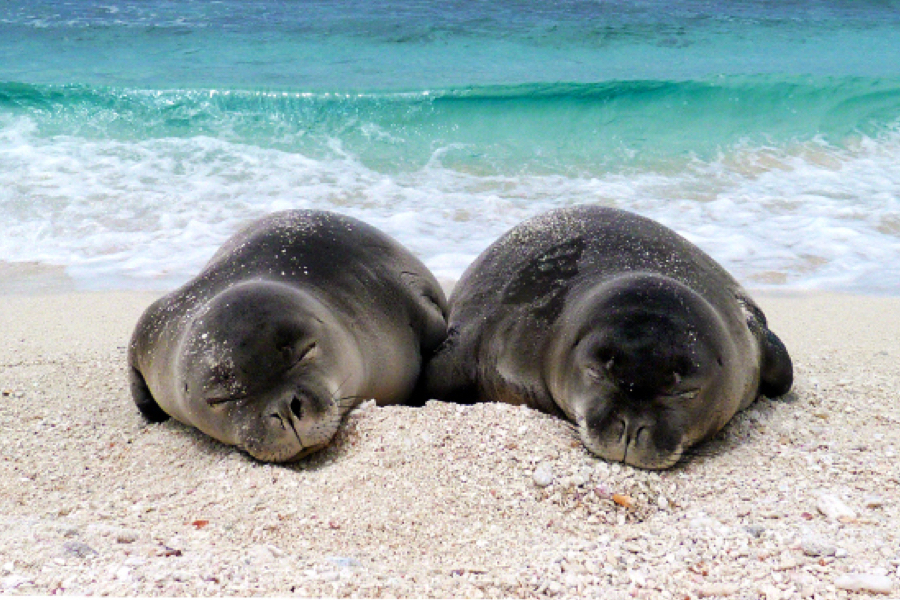Featured News
 Bering Sea snow crab support a valuable commercial fishery. Photo: NOAA Fisheries.
Bering Sea snow crab support a valuable commercial fishery. Photo: NOAA Fisheries.
 An entangled humpback whale in Iliuliuk Bay near the Port of Dutch Harbor, Alaska. Credit: City of Unalaska, taken under NOAA Fisheries Permit #24359.
An entangled humpback whale in Iliuliuk Bay near the Port of Dutch Harbor, Alaska. Credit: City of Unalaska, taken under NOAA Fisheries Permit #24359.
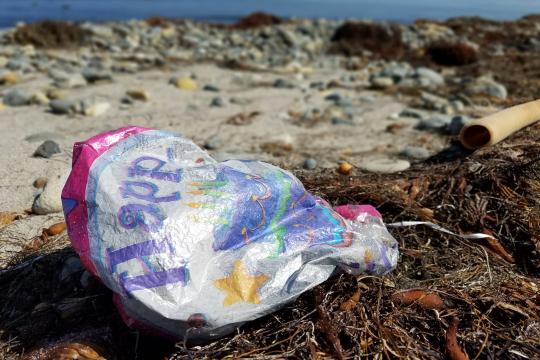 A Mylar balloon on the shoreline of Santa Rosa Island off the coast of California. Credit: Courtesy of NOAA Marine Debris Program
A Mylar balloon on the shoreline of Santa Rosa Island off the coast of California. Credit: Courtesy of NOAA Marine Debris Program
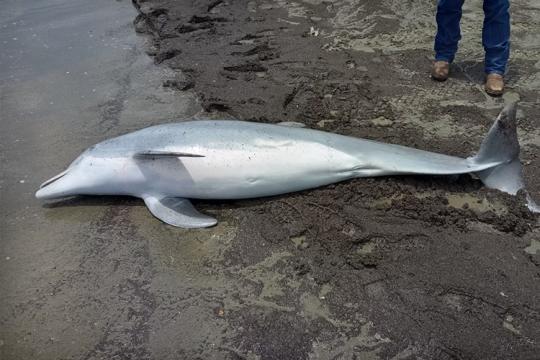 Stranded juvenile bottlenose dolphin. Credit: Audubon Aquarium Rescue
Stranded juvenile bottlenose dolphin. Credit: Audubon Aquarium Rescue
Notices & Rules
Fisheries
Fisheries
Fisheries
Fisheries
Fisheries
Upcoming Events
Bulletins
Open Funding Opportunities
Find a Species
Explore By Region
Explore by Topic
- Aquaculture
- Bycatch
- Careers & More
- Chesapeake Bay
- Climate Change
- Commercial Fishing
- Consultations
- Ecosystems
- Endangered Species Conservation
- Enforcement
- Fishery Observers
- Habitat Conservation
- International Affairs
- Laws & Policies
- Marine Life in Distress
- Marine Life Viewing Guidelines
- Marine Mammal Protection
- Offshore Wind Energy
- Partners
- Population Assessments
- Recreational Fishing
- Recreational Fishing Data
- Resources for Fishing
- Seafood Commerce and Trade
- Socioeconomics
- Sustainable Fisheries
- Sustainable Seafood
- Teacher at Sea Program
Multimedia
 Bering Sea snow crab support a valuable commercial fishery. Photo: NOAA Fisheries.
Bering Sea snow crab support a valuable commercial fishery. Photo: NOAA Fisheries.
 Cape Shirreff field camp on Livingston Island, one of the most breathtaking places in Antarctica. Credit: NOAA Fisheries
Cape Shirreff field camp on Livingston Island, one of the most breathtaking places in Antarctica. Credit: NOAA Fisheries
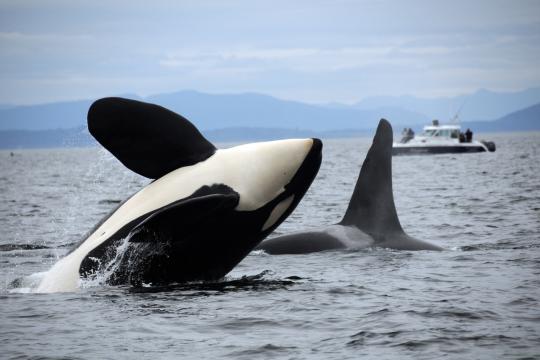 A Southern Resident killer whale leaps out of the water. Credit: Candace Emmons
A Southern Resident killer whale leaps out of the water. Credit: Candace Emmons

